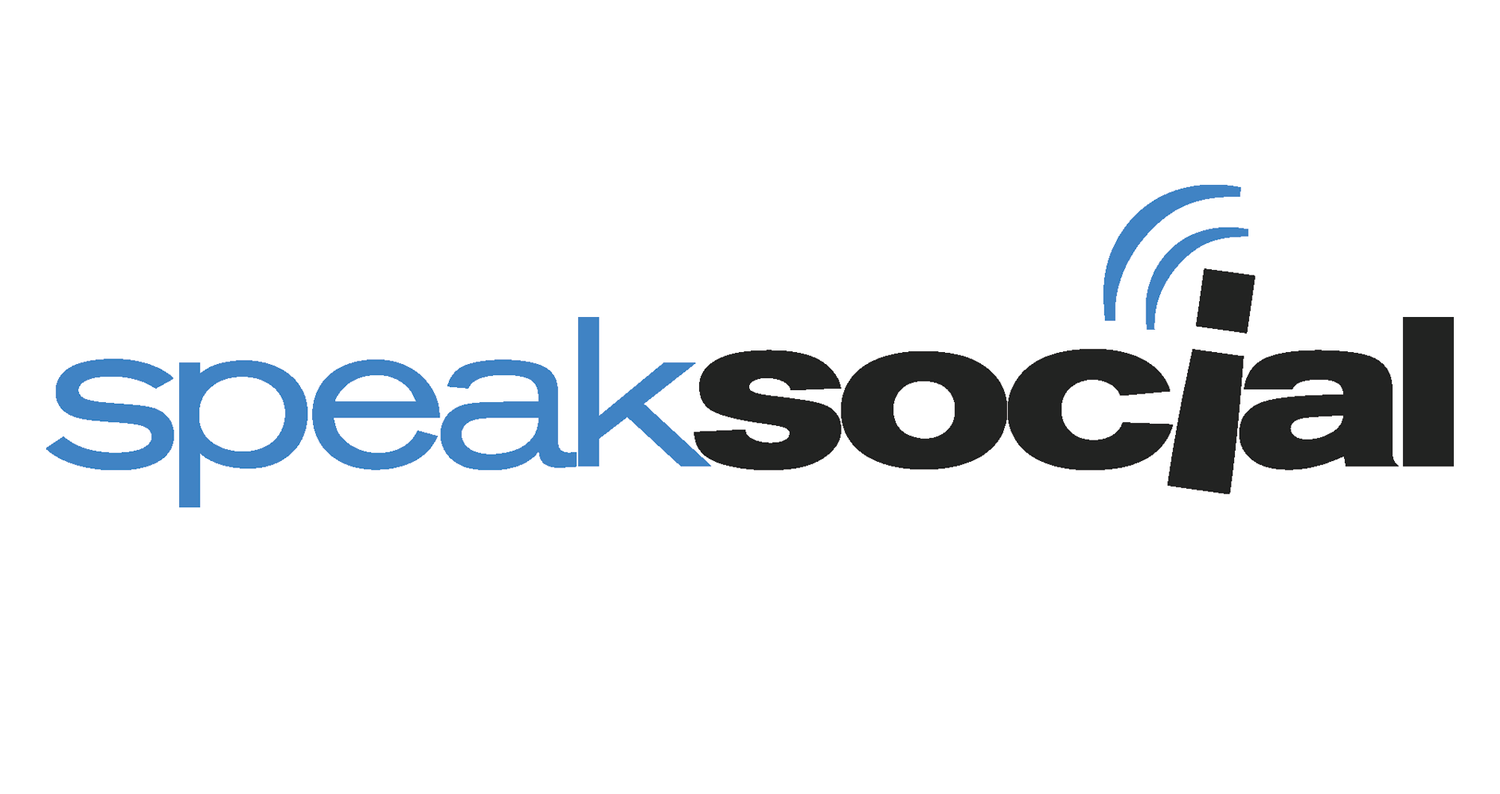What Is Programmatic Advertising and How Can You Get Started
In the ever-evolving landscape of digital marketing, programmatic advertising has emerged as a game-changer. It's a buzzword that many marketers and businesses are talking about, but what exactly is programmatic advertising, and how can you get started with it? In this blog, we'll demystify programmatic advertising and provide you with a roadmap to begin leveraging its power for your marketing campaigns.
What is Programmatic Advertising?
Programmatic advertising is an automated, data-driven approach to buying and optimizing digital ad space in real time. It relies on algorithms and machine learning to target specific audiences with relevant ads at the right moment and on the most appropriate channels. This automated buying process takes place on ad exchanges and ad networks, and it often involves real-time bidding.
The primary benefits of programmatic advertising include:
Efficiency
Manual ad buying is time-consuming and inefficient. Programmatic advertising streamlines the process, allowing marketers to target the right audience more accurately and quickly.Precision
With access to vast amounts of data, programmatic advertising helps you precisely target your ideal audience, increasing the chances of conversion.Cost-Effectiveness
By optimizing ad placement in real-time, programmatic advertising can reduce wasted ad spend and improve return on investment.Real-Time Optimization
The ability to adjust campaigns on the fly based on real-time performance data means you can continually refine and improve your ad strategy.
Getting Started with Programmatic Advertising
Now that you understand what programmatic advertising is, here's how to get started:
1. Define Your Goals
Before you dive into programmatic advertising, it's crucial to define your marketing goals. Ask yourself what you want to achieve with your campaigns. Whether it's brand awareness, lead generation, or sales, having clear objectives will guide your strategy.
2. Understand Your Target Audience
The power of programmatic advertising lies in its ability to precisely target audiences. To do this effectively, you need to know your target audience inside and out. Utilize data analytics to create detailed buyer personas and segment your audience based on demographics, interests, and online behavior.
3. Choose the Right Platform
There are various programmatic advertising platforms and ad exchanges available. Some popular options include Google Ads, Facebook Ads Manager, and DSPs (Demand-Side Platforms) like The Trade Desk and MediaMath. Choose the platform that aligns with your goals and audience.
4. Set Your Budget
Determine how much you're willing to spend on programmatic advertising. It's essential to have a clear budget in mind to prevent overspending. Keep in mind that programmatic advertising can be cost-effective, as it optimizes ad placement in real time.
5. Develop Creative Assets
Create compelling ad creatives that resonate with your target audience. Your ad copy, images, and videos should be aligned with your brand and campaign goals. A/B testing can help you identify which creative elements are most effective.
6. Implement Tracking and Analytics
To measure the success of your programmatic advertising campaigns, set up tracking and analytics tools. Platforms like Google Analytics and Adobe Analytics can provide valuable insights into campaign performance, helping you make data-driven decisions.
7. Launch Your Campaign
With all the preparations in place, it's time to launch your programmatic advertising campaign. Monitor it closely during the initial phase to ensure it's performing as expected.
8. Optimize in Real-Time
The beauty of programmatic advertising is its ability to adapt in real time. Use the data generated by your campaign to make adjustments as needed. Test different ad creatives, audience segments, and bidding strategies to improve results.
9. Analyze Results
After your campaign has run its course, analyze the results to gauge its success. Compare the outcomes against your initial objectives and use the insights to refine future campaigns.
10. Continue Learning
Programmatic advertising is an ever-evolving field, and staying updated is essential. Attend industry conferences, read relevant blogs, and consider enrolling in courses to enhance your programmatic advertising skills.
In conclusion, programmatic advertising is a powerful tool for modern digital marketers. It streamlines the ad buying process, optimizes targeting, and can be highly cost-effective. By following the steps outlined in this blog, you can get started with programmatic advertising and begin harnessing its potential to achieve your marketing goals. Remember that success in programmatic advertising requires continuous learning and adaptation to stay ahead in the dynamic digital marketing landscape.
